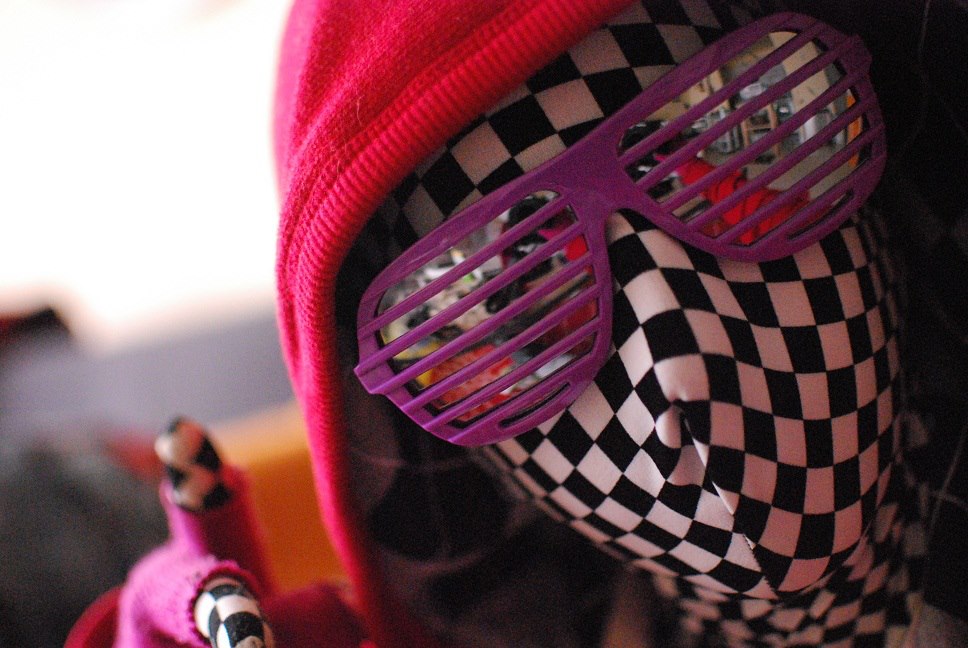A brief note from Jamie on the piece of writing (by another author) that takes up the majority of this post:
For readers who are unfamiliar with the Truth and Reconciliation Commission, this is a government-implemented program in Canada, which visits indigenous communities primarily for the express purpose of hearing the experiences of residential school survivors, which are then reported to the Canadian government along with any insights shared by those communities about how the government can take steps towards reconciling with indigenous communities. Residential schools were geographically isolated institutions initiated by the Canadian government and run by the Roman Catholic and Anglican churches, in which more than 150,000 indigenous children over the course of more than a hundred years were forced to face horrific physical, sexual, and spiritual abuses while being racially and culturally brain-washed, in a campaign of systematic cultural genocide. Many children were assigned Anglicised names or even referred to only by numbers, many healthy children were intentionally exposed to tuberculosis, and countless children died alone in remote wilderness trying to escape. The last Canadian residential school closed in 1996, in Alberta. A majority of Canadian public schools do not even acknowledge this facet of Canadian history, and as a result, a significant majority of settler Canadians have literally no understanding of the continued legacy of trans-generational violence within indigenous families and greater communities. As a result, that majority tends to harbour dehumanizing and blatantly racist attitudes towards this country’s indigenous peoples, which prevents reconciliation between indigenous peoples and settler society, continues to maintain serious social barriers against the social growth and empowerment of indigenous communities, and prevents the Canadian government from being held accountable for its actions and racially selective policies against indigenous peoples (thus contributing to the perpetuation of debilitating racial injustice on the scale of genocide, merely repackaged to appear otherwise). This is all especially important given that indigenous populations across the country are once again on the rise (e.g., it is estimated that within the next ten years, up to a third of the province of Saskatchewan will be of indigenous heritage) and yet currently, approximately one half of all children currently in the custody of child care services are of indigenous heritage (i.e., child care services taking custody of indigenous children has become the new residential school system — there are now more indigenous children separated from their families by this abuse of power than there were during the 60s scoop). The following is a two-page essay that was handed to me by the author (a residential school survivor) at a recent consciousness-raising rally for indigenous rights.

